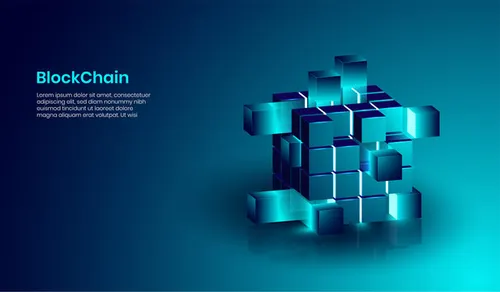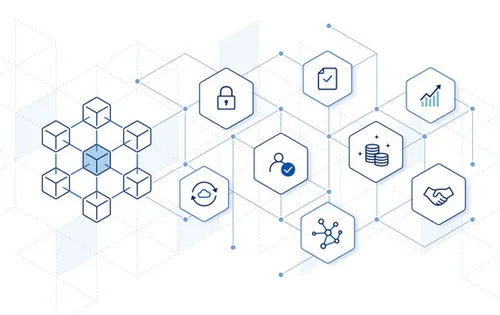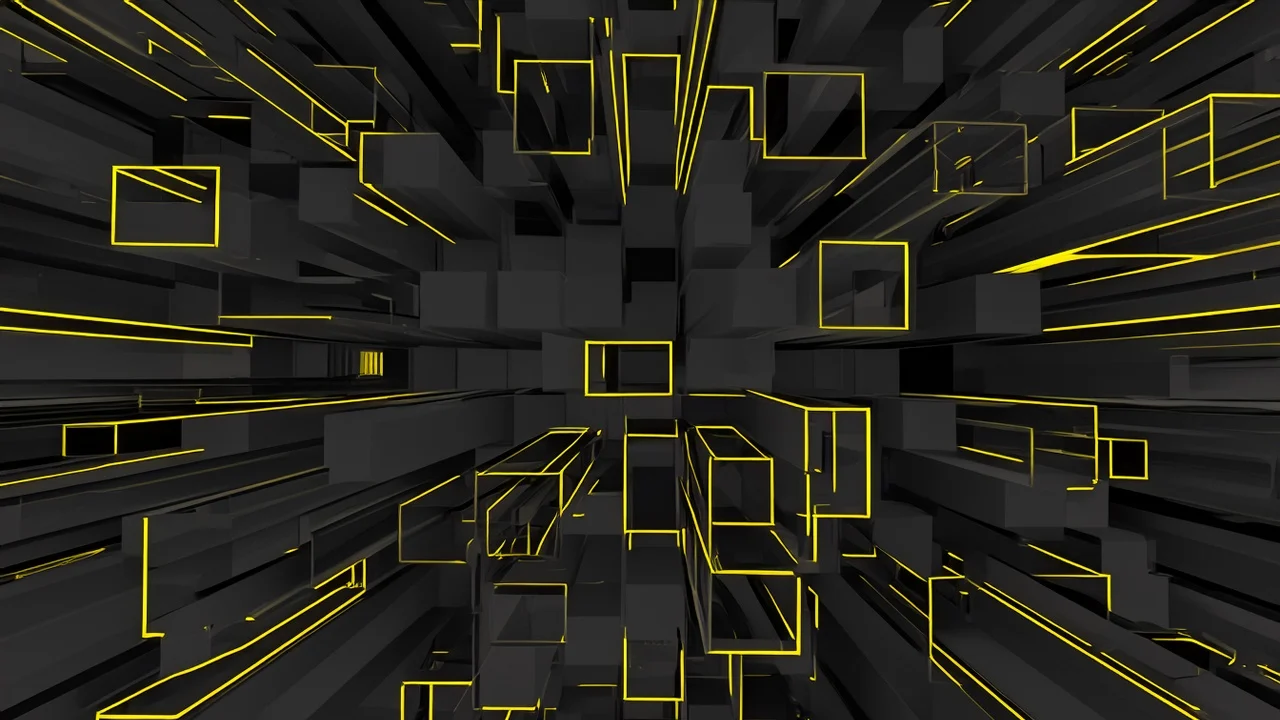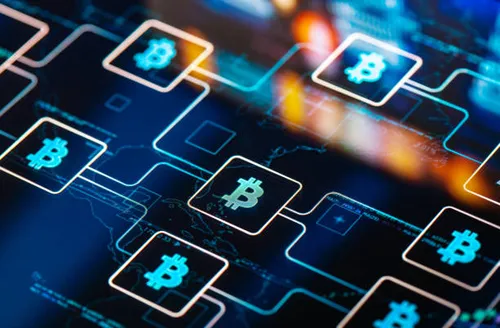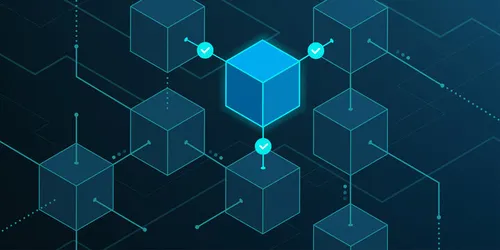Introduction to Blockchain
Blockchain is a decentralized, distributed ledger technology that records transactions across a network of computers. Unlike traditional databases, blockchain's structure ensures that data is immutable, transparent, and secure. Each transaction is grouped into blocks, which are then linked or "chained" together chronologically, creating a secure, tamper-proof record of all activities on the network.
